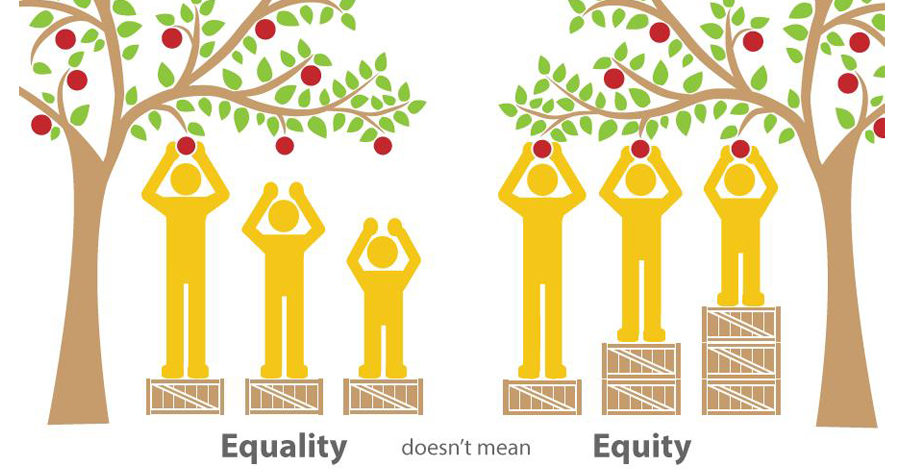Adopting a Health Equity Lens
During a recent meeting of the Mary Black Foundation’s Board of Trustees, the following statement regarding health equity was approved:
The Mary Black Foundation believes that health and wellness are basic human rights. A health equity framework guides us in achieving our mission to invest in people and communities for improved health, wellness, and success in Spartanburg County. Health equity exists when all people have access to opportunities to thrive, both physically and mentally, and no one is limited in achieving health and wellness because of their race, ethnicity, nationality, gender, sexual orientation, age, income, or zip code.
Achieving health equity is a data-driven, reflective, and ongoing process that requires integrity, transparency, and accountability to understand the structures and systems that produce inequities. The Foundation will deepen our understanding of how community needs differ and then invest in community-specific resources. Residents of Spartanburg County deserve opportunities to participate, prosper, and achieve maximum health and wellness.
Why focus on health equity?
When health equity exists, everyone benefits. When we succeed in keeping people healthy and well, we can invest limited resources in other priorities – like education, workforce development, housing, and infrastructure – and communities thrive. Yet, we know that health is not equitable. Disparities in health outcomes exist within both of the Foundation’s priority areas. For example, rates of childhood obesity over the past several years in Spartanburg County show, in general, a leveling off of past increases and even a slight decline in younger children. While this looks like good news, when you dig into the data, there’s actually a significant disparity in rates among African-American children and Hispanic children compared to Caucasian children. There’s no biological reason for this difference. Instead, the disparity is tied to policies, systems, and environments that influence access and behavior. So, to achieve health equity, we need to (1) invest in population-level interventions (things that will create policies, systems, and environments that benefit all people in Spartanburg) and (2) invest in targeted interventions specific to the needs of people and communities experiencing disparities in health outcomes.
Focusing on health equity acknowledges that not all people need the same exact things to achieve health. It requires us to better understand the needs of different populations or communities. It requires us to listen to communities, to acknowledge their experiences, to learn from them, and to have our work be guided by this understanding. Only then can we invest in interventions that will lead to better outcomes for all people in our community.
Moving forward, our team at the Foundation will be learning how to apply a health equity lens across our grantmaking and broader community initiatives. We believe this is a bold move that will accelerate improved health for all and lead to greater impact.

